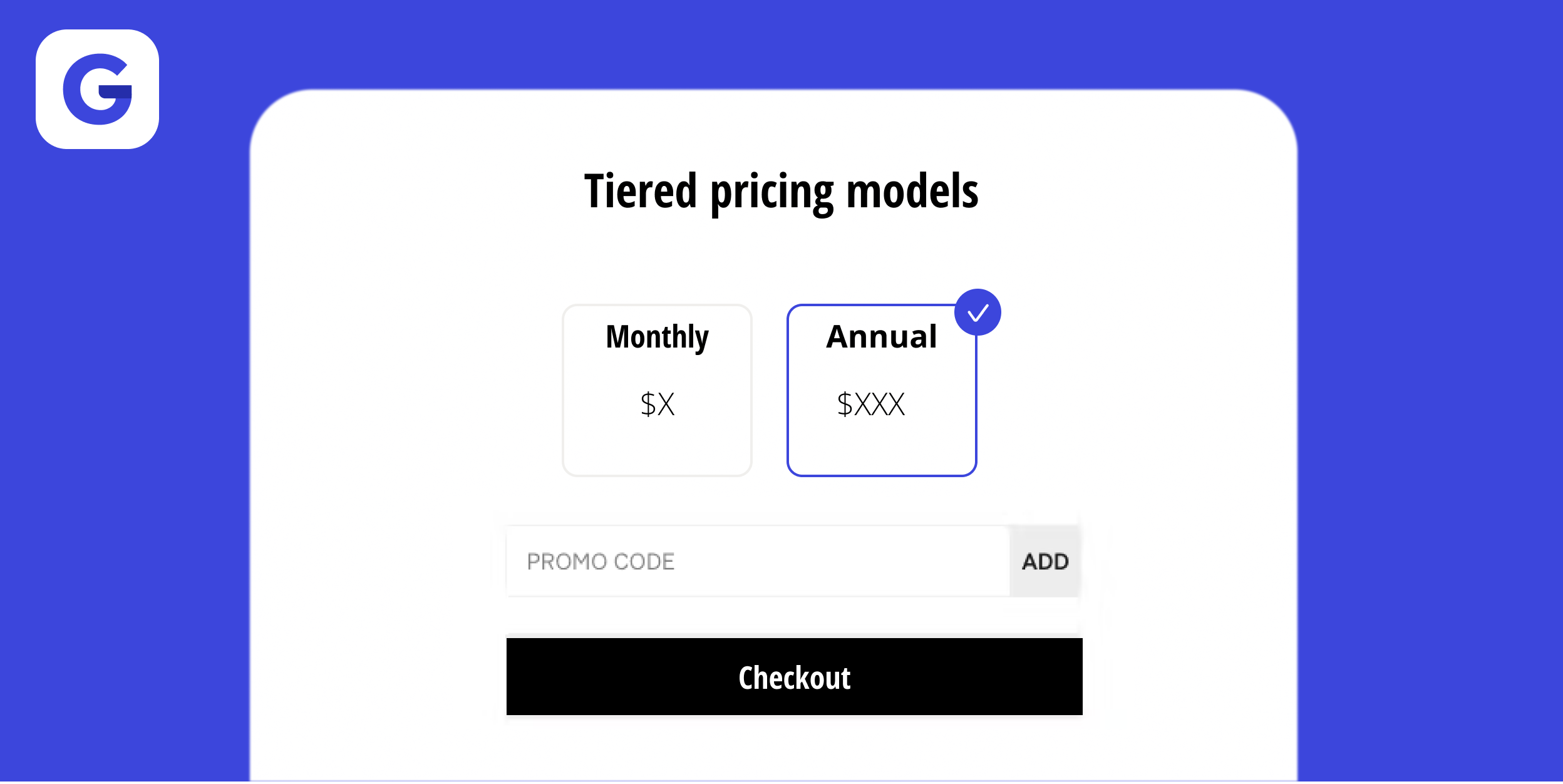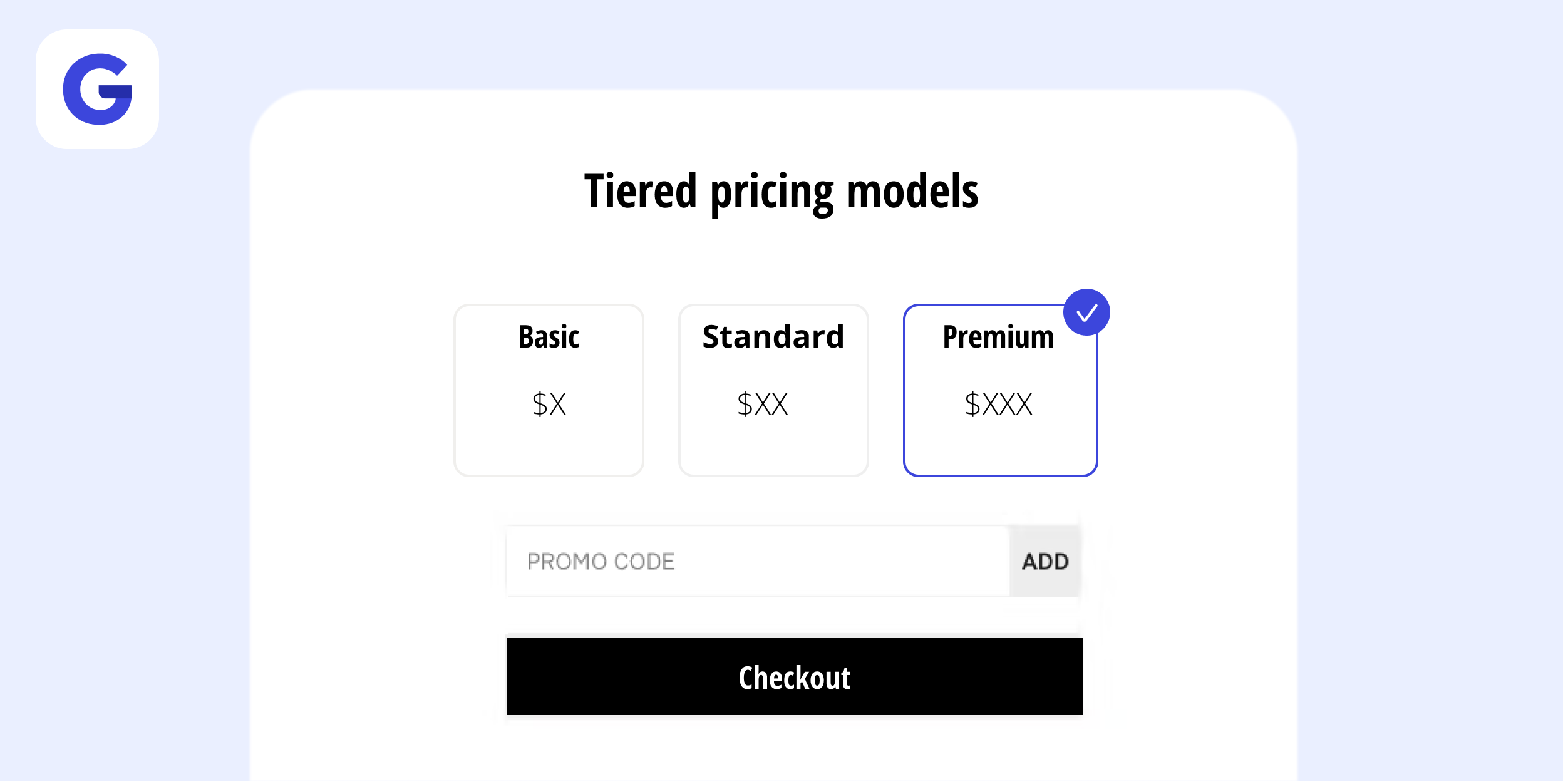
Understanding Least Cost Routing and its Benefits for Your Business
Reducing costs and maintaining profitability is a top priority for businesses globally. In Australia, one effective way to achieve this is through Least Cost Routing (LCR), an opt-in feature on merchant facilities. LCR allows you to choose the payment network that results in the lowest cost for your business, specifically for tap-and-go dual-network debit card transactions. In this blog post, we will delve into the details of Least Cost Routing, how it works, and the benefits it can offer to you
by Growpay
Reducing costs and maintaining profitability is a top priority for businesses globally. In Australia, one effective way to achieve this is through Least Cost Routing (LCR), an opt-in feature on merchant facilities. LCR allows you to choose the payment network that results in the lowest cost for your business, specifically for tap-and-go dual-network debit card transactions. In this blog post, we will delve into the details of Least Cost Routing, how it works, and the benefits it can offer to your business.
What is Least Cost Routing?
Least Cost Routing is a feature that empowers merchants to select the most cost-effective payment network for tap-and-go dual-network debit card transactions. By opting in for Least Cost Routing, businesses have the freedom to choose which network (Mastercard, Visa, or eftpos) the payments are processed through. This choice can help you reduce transaction fees and improve your business's financial position.
Understanding How Least Cost Routing Works:
When a customer makes a tap-and-go payment using a dual-network debit card, the merchant can decide which network to route the transaction through. If no action is taken, the default network on the card, typically Mastercard or Visa, will be used. However, by enabling LCR, you can override this default and choose a network that offers lower transaction costs for your business.
It's important to note that LCR only applies to tap-and-go debit card transactions. Transactions made by inserting or swiping a card or using digital wallets and smartphones are not eligible for Least Cost Routing.
Benefits of Least Cost Routing for Businesses:
- Cost Reduction - Least Cost Routing provides businesses with the flexibility to choose the network option or combination that aligns with your business needs. By selecting the network with the lowest fees, you can significantly reduce transaction costs and increase your profitability.
- Customisation - Least Cost Routing allows you to tailor the processing of dual-network debit transactions according to your business requirements. You can choose to process all transactions through the Mastercard/Visa network (default option), eftpos network, or set a threshold to route transactions based on their value. This flexibility ensures that you can optimise your payment processing strategy.
- Potential Savings - The savings you can achieve through LCR depend on various factors, including your transaction volumes, card mix, and turnover. By evaluating your current fees and determine how implementing Least Cost Routing can benefit your individual business.
Is Least Cost Routing Right for Your Business?
To determine if Least Cost Routing is suitable for your business, consider the following steps:
- Evaluate Current Fees - Understand the fees you currently pay for debit card transactions. Refer to your Interchange pricing plan to gain clarity on your current costs.
- Compare Options - Assess the potential fees you would incur with each LCR option. Your bank provider can guide you through the different options and help you identify the most cost-effective choice based on your business's unique circumstances.
- Opt-in Process - If you decide to implement Least Cost Routing, check your eligibility and choose your preferred option. Ensure that you meet the requirements, such as being on an Interchange pricing plan with an eligible device. Reach out to your bank provider to enable your chosen LCR option.
Understanding which Least Cost Routing option is right for your business
If you opt-in to Least Cost Routing you'll be asked to select one of three options for processing customers' tap-and-go dual-network payments. Which option you choose will depend on your individual business and determine your potential savings. In order to decide, take the time to look at your transaction volumes, debit card mix and turnover to make the most cost-effective choice.
Option 1 - Mastercard and Visa networks only (most common)
- Process all eligible dual-network debit transactions via Mastercard and Visa networks only
- Generally charged as a percentage fee per transaction
Option 2 - eftpos networks only (cost-effective)
- Process all eligible dual-network debit transactions via eftpos network only
- Generally charged as a flat fee per transaction
Option 3 - set threshold limit and route transactions based on value (worth considering)
- Set a threshold limit and process all transactions up to and including the threshold through one network and above through the other network
Least Cost Routing offers businesses the opportunity to reduce transaction fees and improve your financial position. By leveraging this feature, you gain greater control over tap-and-go dual-network debit card transactions, enabling you to select the most cost-effective payment network. To explore the potential benefits of Least Cost Routing for your business, consult your bank provider and take advantage of the cost-saving opportunities.
About Growpay
Growpay is an online marketplace, helping simplify payment discovery for businesses worldwide. For more information, visit www.growpay.co.
Relevant Articles

Understanding Subscription Billing Solutions
Subscription billing has become increasingly popular in recent years, with more and more businesses adopting this model to offer their products or services. From streaming platforms to software companies, subscription-based business models have proven to be successful and profitable. However, managing subscription billing can be complex and time-consuming without the right solution in place. In this blog post, we will dive deep into the world of subscription billing solutions and explore why bu

Why Businesses Need Recurring Billing Software in 2024
In today's fast-paced business environment, businesses are constantly looking for ways to optimize their processes and improve their bottom line. One area where efficiency can be greatly enhanced is in billing and payment management. Recurring billing software offers a powerful solution for businesses that have recurring revenue streams, such as subscription-based services or membership programs. With the ability to automate invoicing, manage subscriptions, and integrate with multiple payment g

What is a Payment Gateway and Why Your Business Needs One
Any business that accepts cashless transactions needs a payment gateway. A payment gateway is a tool that captures card information and securely transfers payment data from a customer to the acquirer, and then transfers the payment acceptance or decline back to the customer. If approved, the funds transfer to your business account. Why do you need a payment gateway? A payment gateway is necessary to validate a customer’s card details securely, ensuring funds are available for the purchase — s